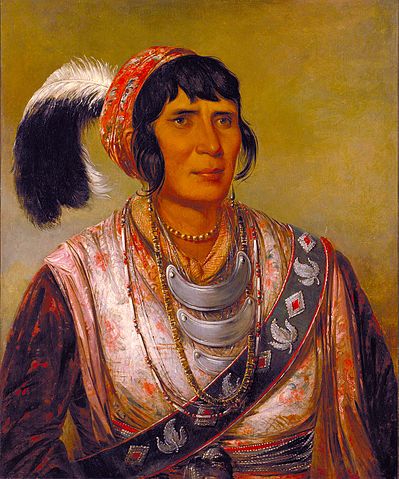Bruce Catton Tribute
David Blight's enjoyable and penetrating article on Bruce Catton stirred some personal memories. I began writing for American Heritage in 1962. I had published my first book, Now We Are Enemies, the Story of Bunker Hill, in 1960, with some success. In one of my visits to the magazine, I was told that Mr. Catton would like to see me.
I was startled and pleased. Catton was a larger than life figure for me. I had read his books with admiration, and occasional awe. I had brought his approach to my book on Bunker Hill, rooting the narrative in the personal stories on both sides of the battle line.
I was soon seated in Catton's office, reassured by his warm handshake and welcoming smile. “I read your book,” he said. “I thought you'd like to hear how good I thought it was.”
“You can take quite a lot of the credit for it,” I said. “You're the man who made me appreciate the importance of a strong narrative.”
“Are you going to do the whole war?” he asked. “It cries out for a good narrative treatment.”

